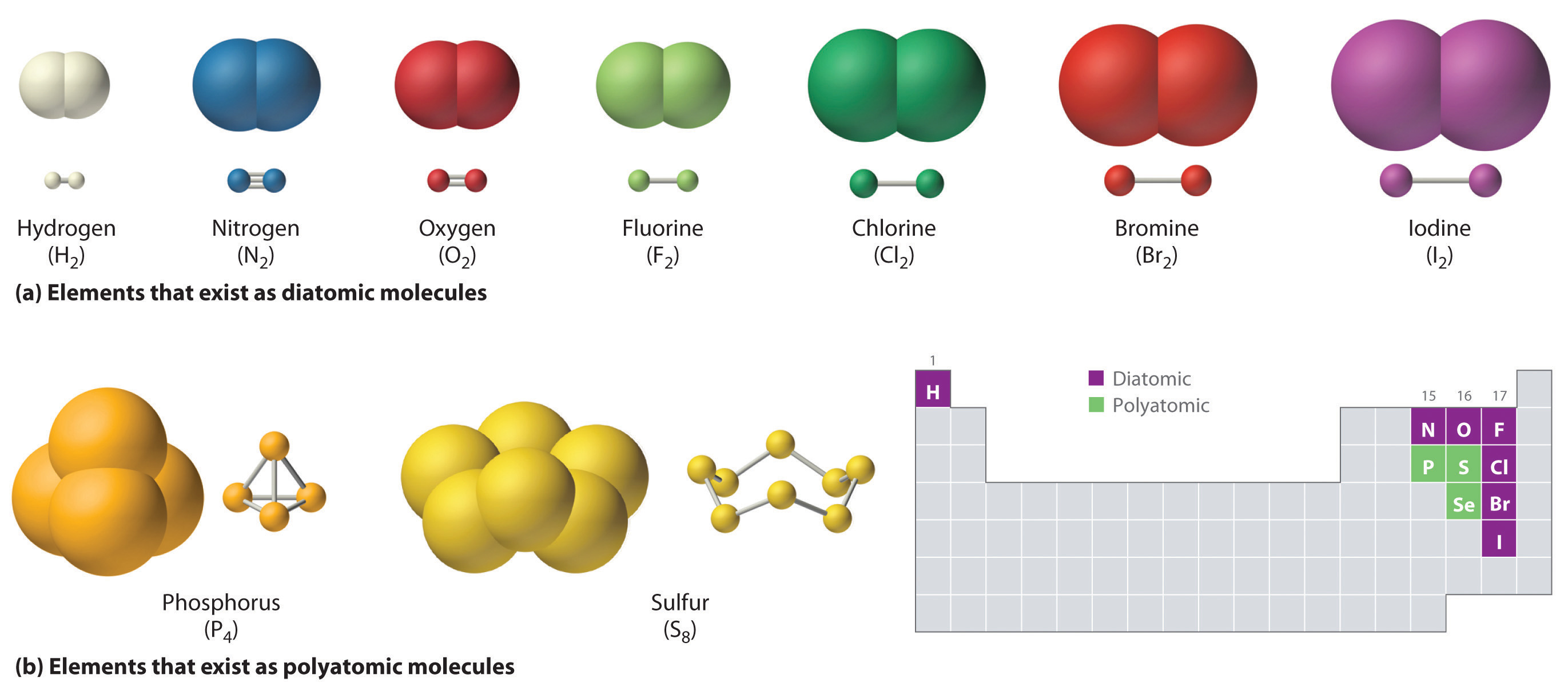What Types Of Atoms Typically Form Covalent Bonds - Covalent bonds involve shared electron pairs between atoms. Nonmetal atoms frequently form covalent bonds with other nonmetal atoms. Web formation of covalent bonds. Each atom contributes one electron to each. Covalent bonds form when electrons are shared between atoms and are attracted by the nuclei of both atoms. Web 4 rows the most common examples are the covalent compounds of beryllium and boron. Nonmetal atoms frequently form covalent bonds with other nonmetal. Web as a general rule, covalent bonds are formed between elements lying toward the right in the periodic table (i.e., the nonmetals).
Each atom contributes one electron to each. Web 4 rows the most common examples are the covalent compounds of beryllium and boron. Web formation of covalent bonds. Nonmetal atoms frequently form covalent bonds with other nonmetal atoms. Covalent bonds form when electrons are shared between atoms and are attracted by the nuclei of both atoms. Web as a general rule, covalent bonds are formed between elements lying toward the right in the periodic table (i.e., the nonmetals). Nonmetal atoms frequently form covalent bonds with other nonmetal. Covalent bonds involve shared electron pairs between atoms.









